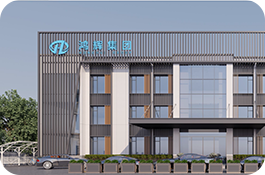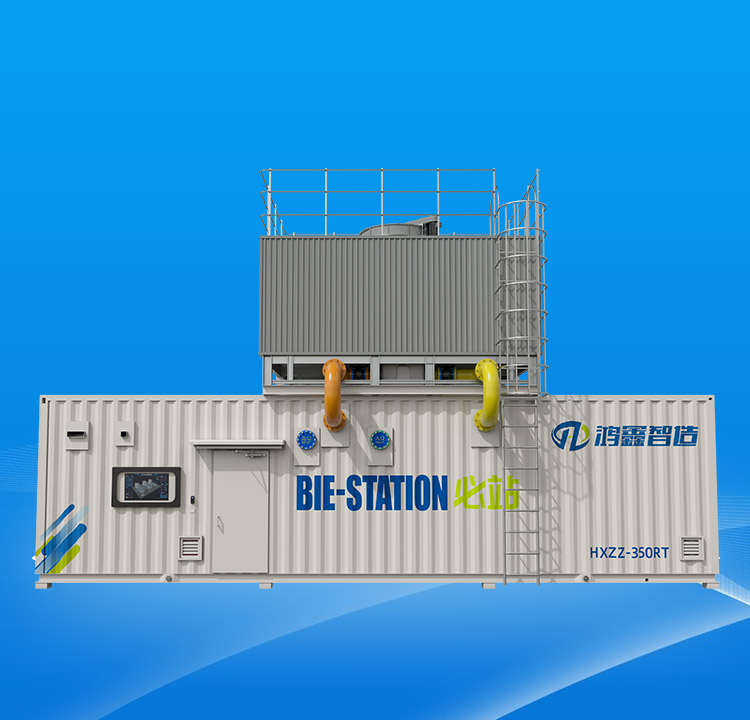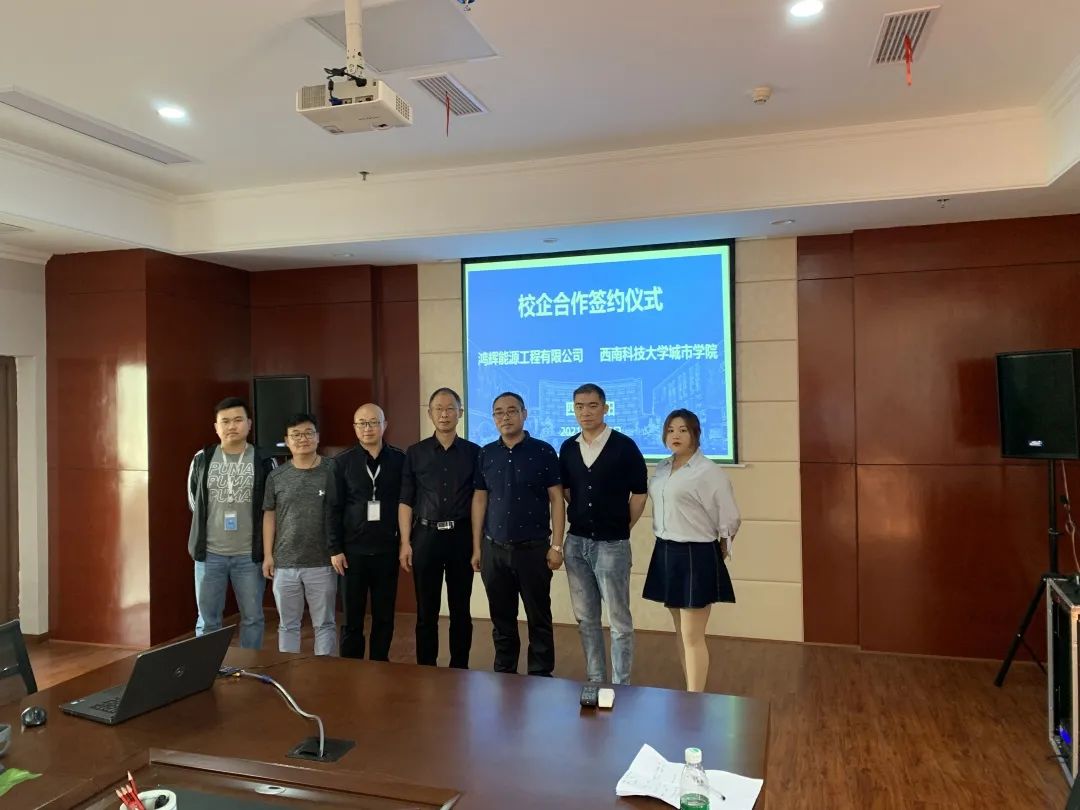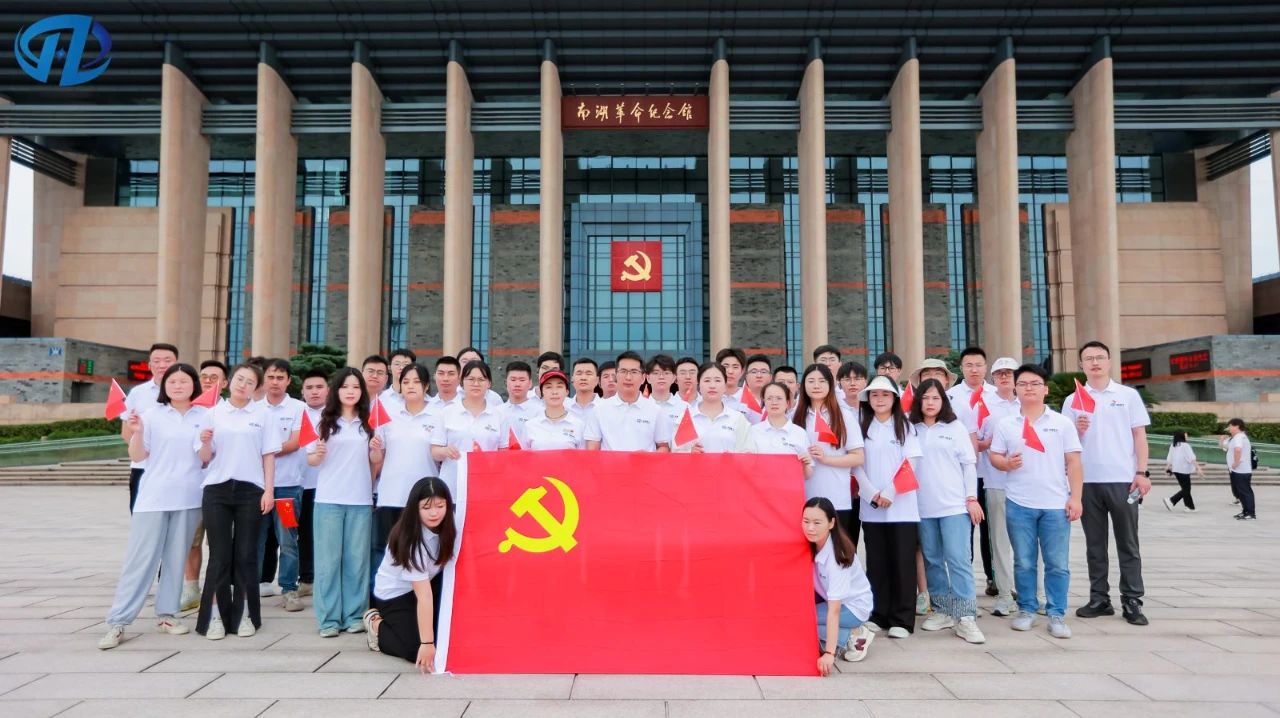If we were to ask what the most dazzling achievement of China's auto industry is in the first half of 2023, "export" should be at the top.
After my country surpassed Japan for the first time in the first quarter of this year with a total of 1.07 million automobile exports, ranking first in the world's automobile exporting countries, it still maintained a high-speed growth trend. According to the latest data from the General Administration of Customs, from January to June, my country's cumulative automobile exports reached 2.34 million, a year-on-year increase of 77.1%; the total export amount was as high as 320.76 billion yuan, a surge of 123.5% over the same period last year.

For reference, the total volume of my country's automobile exports from 2014 to 2016 was only 2.4 million vehicles, while the total value of my country's automobile exports from 2014 to 2017 was even less than RMB 307.3 billion.

Gasgoo Automotive Research Institute predicts that this year's sales will exceed 4 million, and as more Chinese automakers go overseas, my country's passenger car export sales will exceed 8 million by 2030. Among them, the European market will become the largest export receiving area under the combined effect of China's independent brand exports and the transfer of new energy production capacity of some overseas automakers.
Rather than involution, it is better to "go out"
Since July 13, 1956, the first domestic Jiefang truck rolled off the assembly line, ending China's history of not being able to build cars. Since then, China's automobile industry has ushered in its 70th anniversary. my country has become the world's largest automobile producer and seller for 14 consecutive years, and has been ranked first in the world in terms of new energy vehicle production and sales for 8 consecutive years.
There is no doubt that China has long become an automobile power that cannot be ignored, and with the rapid development of electrification and intelligence, it has even reached the forefront of the world in some technical fields.
However, it is undeniable that, due to the slow recovery of the overall economy, the decline of promotional policies and subsidy policies last year, which overdrew consumer demand in advance, and the inability of infrastructure and industrial chains to keep up with the rapid development of the terminal market, the growth rate of China's new energy vehicle market is slowing down in 2023, which is different from the doubling growth rate of new energy vehicles in my country in the past two years.
According to the latest data from the China Association of Automobile Manufacturers, my country's automobile production and sales in the first half of this year were 13.248 million and 13.239 million respectively, up 9.3% and 9.8% year-on-year respectively. However, due to the high growth of production and sales driven by policies such as the halving of purchase tax on fuel vehicles in June last year, the cumulative production and sales growth rate from January to June this year fell by 1.8 and 1.3 percentage points compared with the previous five months.
Among them, the cumulative production and sales of new energy vehicles in the first half of the year reached 3.788 million and 3.747 million, an increase of 42.4% and 44.1% year-on-year respectively, and the market share reached 28.3%.
It should be noted that both Gasgoo Automotive Research Institute and major associations and securities firms have previously estimated that the sales of new energy vehicles this year will be around 9 million, and the annual penetration rate is close to 40%, which means that if this expectation is to be achieved, the production and sales in the second half of the year may need to exceed 5 million, with an average of more than 800,000 vehicles per month.
Against this background, "volume" has become the main theme of China's automobile industry. From the initial volume of endurance, to the current volume of intelligent configuration and volume of fast charging speed, to the recent new energy price reduction frenzy started by Tesla, BYD has entered the 100,000 yuan compact car market with the champion version, which is transmitted to the industry end, that is, it is necessary to deliver higher-quality products with larger space, longer endurance and higher technology at a lower price and faster.
As many automotive industry leaders expressed the common view when communicating with Gasgoo, "as long as we can win the market in China, it will not be a problem to enter the global market." More and more industry giants are turning their attention outward. In their view, instead of wasting time internally, it is better to "go global" and move towards the broader overseas automotive market.

Liu Jianhua, deputy director of the TBT Research Department of the Standardization and Law Center of the General Administration of Customs, also emphasized that to become a powerful automobile country, it is necessary to go abroad and have a place in the world market.
Let's go to Europe!
In fact, going to Europe is not the first attempt of Chinese auto companies.
As early as 2005-2007, Landwind Automobile and Brilliance Automobile successively landed in Europe, trying to open up this market densely populated by traditional automobile giants such as Mercedes-Benz, BMW, Volkswagen, Citroen, Peugeot, etc. at low prices, but they did not expect that the extremely poor E-NCAP collision test report results of the two made "shoddy" a stereotype of Chinese cars in Europe.
Until many years later, Chinese auto brands always focused on Southeast Asia, South America, Africa, Russia, Mexico and other markets when going overseas. Even in the European market, which has gradually risen in recent years with the help of new energy vehicles, if its composition is carefully broken down, it still focuses on foreign brands such as Tesla, Volvo and BMW produced in China, and domestic brands account for a relatively small proportion.

According to data from the International Energy Agency (IEA), 16% of electric vehicles sold in Europe in 2022 were imported from China, but only 40% of them were Chinese local brand cars. Tesla China exported a total of 300,000 electric vehicles this year, equivalent to more than 40% of its production, and most of them were sold to the European market.
But if we sort out the overseas routes of Chinese automakers in recent years, going to Europe is becoming a mainstream trend.
"From 'please come in' to 'go out', building a factory in Europe has been the dream of SAIC people for the past few decades." Yu De, assistant to the president of SAIC Group, general manager of the international business department, and general manager of SAIC International, said this at his overseas business communication meeting.
In his analysis, with the help of MG, SAIC's sales in Europe are increasing. Europe is one of the markets with the highest acceptance of new energy vehicles in the world, and the time is ripe to build a factory.
Combined with the "Zero Emission Agreement for Newly Sold Fuel Cars and Light Trucks in Europe by 2035" adopted by the European Union in April this year, it means that the European Union will be the first region to achieve full electrification of automobiles. At the same time, Europe's subsidies for the purchase of new energy vehicles are differentiated. Countries have also increased their support for new energy vehicles by reducing taxes such as vehicle registration tax and road tax, as well as providing more convenient road rights for the use of electric vehicles.
Against this background, the European Automobile Manufacturers Association (ACEA) believes that by 2030, 3 out of every 5 cars in Europe will be new energy vehicles, and the penetration rate of new energy vehicles will reach 60%, far exceeding the global penetration rate of 26%.

The European new energy vehicle market is vast and has great development potential, but at the same time, the local automobile manufacturing industry's electrification transformation is seriously lagging behind. In order to seize this blue ocean market, not only SAIC, but also but not limited to BYD, Changan, Great Wall, Dongfeng Lantu, as well as NIO, Xiaopeng and other new energy vehicle companies have set their sights on the European market.

Changan Automobile's overseas strategic plan of "embracing all rivers and seas" regards entering the European market as an important direction for 2024; Image source: Changan Automobile
Take Changan Automobile as an example. It officially announced the overseas strategic plan of "embracing all rivers and seas" at this year's Shanghai Auto Show, emphasizing that it will officially enter the European market in 2024 and complete the entry and layout of major European markets in 2-3 years. In the future, Changan Automobile's sales in the European market will exceed 300,000 vehicles.
Based on the continuous upgrading of Chinese manufacturing in recent years, the quality has continued to improve, and the price has gradually risen, and it has begun to move towards the mid-to-high-end product segment. The average export price of new energy vehicles was US$5,000 in 2019, and it increased to US$22,000 in 2022. In 2022, the average export price of China's new energy vehicles to Europe reached US$30,000 per unit, which is higher than the overall export price of new energy vehicles. Among them, the export average price to Spain and Norway is the highest, at US$39,000 per unit.
"The price of Zeekr 001 in Europe is nearly 58% higher than that in China, and Zeekr X (parameters | pictures) is 88% more expensive." Zhao Yuhui, vice president of Zeekr Intelligent Technology, revealed to Gasgoo.
Thanks to the accelerated export of self-branded new energy vehicles to Europe, according to the data of the China Passenger Car Association, in the first half of this year, China's automobile exports to Europe accounted for 39.1% of China's total vehicle exports, up from 5.7% in 2018.
Looking to 2030, Gasgoo Automotive Research Institute predicts that my country's automobile exports to the European market are expected to increase to 2.64 million, with a compound annual growth rate of 22%.
Not just complete vehicles, the industrial chain is collectively entering
"The Chinese storm is enveloping the European electric vehicle industry." This is the most intuitive feeling brought by Jean-Dominique Senard, chairman of Renault, about the current Chinese electric vehicle exports to the European market.
This is a compliment to the development of China's electric vehicle industry, but it is also a warning to the European automobile industry.
In a speech as early as May last year, French President Emmanuel Macron said that the European Union should not allow China to strangle one of its important industries. "We cannot repeat the mistakes we made in the photovoltaic sector in the electric vehicle market, where we have become dependent on the Chinese industry and allowed Chinese manufacturers to prosper."
Then, as Chinese independent brands blossomed in the European market in the past year, the European Commission's trade protection department, led by "Chief Trade Enforcement Officer" Denis Redonnet, began discussing in June whether to launch an investigation into Chinese electric vehicle dumping. If necessary, additional tariffs or restrictions may be imposed on Chinese imported electric vehicles.
When asked about the investigation, EU Internal Market Commissioner Thierry Breton bluntly stated, "The rapid increase in the number of electric vehicles imported from China has become a problem facing the EU industry."
Just a month ago, France took the lead in closing subsidies for the purchase of pure electric vehicles manufactured outside Europe. If nothing unexpected happens, more countries will follow this policy. To a certain extent, this will undoubtedly bring resistance to the export of Chinese new energy vehicles to Europe.
It is obvious that despite the broad prospects and clear goals, the road to globalization of Chinese automakers is still full of challenges.
In addition to policy constraints, insufficient overseas supply guarantees, lack of internal basic capabilities, limited local market resources, unestablished brand advantages, and product technology "not adapting to local conditions" are all common pain points for companies at present, which restrict the acceleration of the globalization process.
In this regard, Zhang Bin, Director of Overseas Operations of Great Wall Motor Co., Ltd., emphasized to Gasgoo that "when car companies go overseas, it is not just to take the sales company abroad, but also to take the production base, the entire ecosystem and the entire industrial chain abroad."
He further pointed out that global competition is not the competition of a single company, but requires a global overseas ecological layout, participation in the competition of the entire value chain, simultaneous layout of high-end technology in the market, and rapid expansion of market influence, so as to stand out in the fierce market competition and become a global automobile brand.
Overview In the past few years, the power battery industry, one of the three major parts of electric vehicles, has collectively rolled to Europe. According to incomplete statistics from Gasgoo, there are more than 575GWh of overseas planned production capacity.












